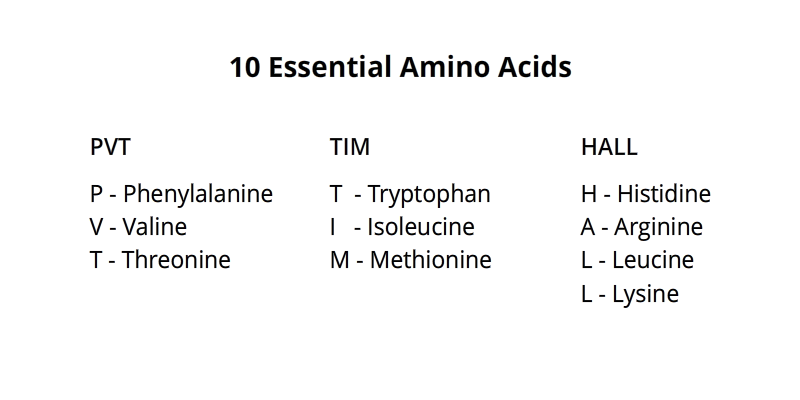Mnemonic Basics
Episode #3 of the course How to improve your memory by David Urbansky
Today, we will cover our first set of basic memorization techniques known as mnemonic devices (derived from the Greek for “mindful”).
The basis for mnemonics is association, imagination, and location. Association is linking something new to something you already know. Imagination is using your creativity to make something new memorable. Location is for putting new things into a place in your mind.
Let’s start with some techniques you may have used already.
Acronyms
To know what to do when you sprain your ankle, you can simply remember the acronym, RICE. RICE stands for Rest, Ice, Compress, and Elevate. Remembering these four words is, of course, harder than remembering just one, but when you know the first letter of each word, you’ll be able to fill in the blanks.
Create Sentences
Acronyms work well for remembering short series of words, especially if the acronym happens to form a word itself. To remember longer series of words when the first letters don’t make much sense together, you can create a memorable sentence instead. For example, to remember the name and order of the planets in our solar system—Mercury, Venus, Earth, Mars, Jupiter, Saturn, Uranus, and Neptune (sorry, Pluto)—you can form a sentence with each planet’s initial, like this:
• My Very Educated Mother Just Served Us Noodles.
Creating a sentence requires imagination but sentences are easy to remember. Mnemonic sentences don’t have to make sense; in fact, the more ridiculous they are, the more memorable they become! How about this one?
• Most Velociraptors Eat Marinated Jalapeños Stewed Using Nitrogen.
Painting the picture of a dinosaur eating nitrogen-stewed food in your mind might stick in your memory better than a smart mom serving noodles.
Name Mnemonics
Similar to the two techniques above, you can also try to create a name with the initials of the words you are trying to remember. For example, the essential amino acids can be remembered with the name Pvt. Tim Hall, as illustrated below:

Song Mnemonics
You have probably had an earworm before—it’s a song that you just can’t get out of your head. Melodies can get stuck easily, which makes them a great tool in your memory arsenal (and a great tool for companies whose jingles haunt you forever). You probably used this method yourself when you learned your ABCs. There are many mnemonic songs out there for different educational purposes, such as the periodic table song [1], “50 Nifty United States” [2] for learning all the US states in alphabetical order, or even a “Pi” song for remembering 101 digits of pi (π) [3].
To try this technique for yourself, take a melody you know by heart and create lyrics with the words or concepts you want to remember.
Exercise: Create your own mnemonic sentence to remember the planets of our solar system—with or without the dwarf planet Pluto (your choice!).
Tomorrow, we’ll cover useful techniques for remembering numbers, such as pins, birthdays, or the number pi.
Learn Something New Every Day
Get smarter with 10-day courses delivered in easy-to-digest emails every morning. Join over 400,000 lifelong learners today!
Recommended book
References
[1] The Periodic Table Song (video)
[2] Fifty Nifty United States Song (video)
[3] Pi Mnemonic Song (video)
Share with friends

